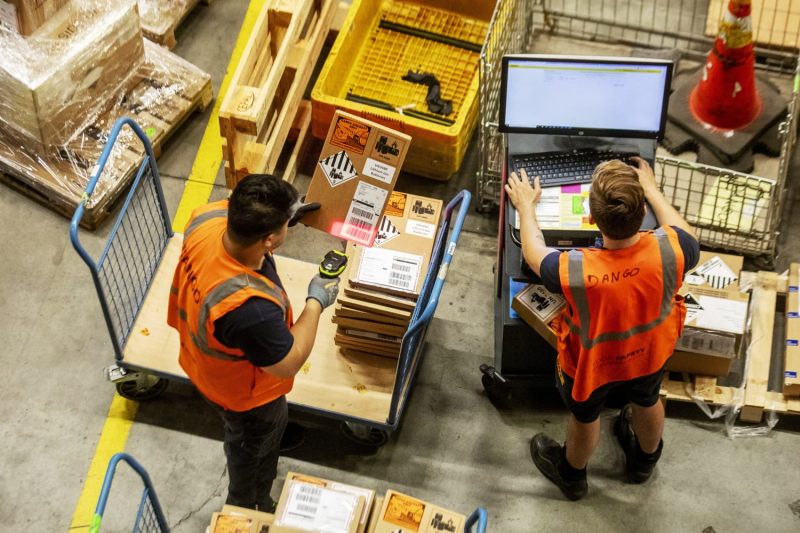
Unraveling the Threads: The Power of One Failure in Global Commerce
The interconnected nature of global commerce has made it easier for products and services to move across borders and for businesses to expand operations beyond their home countries. However, this interconnectedness also creates a fragile web that can be easily disrupted by a single failure.
One of the key vulnerabilities of the global commerce system is its dependence on supply chains. A supply chain is a complex network of interconnected entities, including suppliers, manufacturers, distributors, retailers, and consumers, all working together to deliver a product or service to the end customer. A disruption at any point in the supply chain can have cascading effects that reverberate throughout the entire system.
For example, if a key supplier encounters financial difficulties or a natural disaster disrupts production at a manufacturing plant, the entire supply chain can grind to a halt. This can lead to shortages of essential goods and services, delays in production, increased costs, and ultimately, loss of revenue for businesses involved in the supply chain.
Moreover, the interconnected nature of global commerce means that a failure in one part of the world can quickly spread to other regions. In today’s world, where businesses rely on just-in-time inventory management and lean supply chains to optimize efficiency and reduce costs, any disruption can quickly escalate into a global crisis.
The COVID-19 pandemic highlighted the vulnerabilities of the global supply chain when countries around the world implemented lockdowns and travel restrictions to contain the spread of the virus. These measures disrupted international trade, leading to shortages of essential goods such as medical supplies, food, and electronics. The pandemic also exposed the risks associated with overdependence on a single country or region for critical supplies, such as personal protective equipment and pharmaceuticals.
To mitigate the risks of a single failure taking down the fragile web of global commerce, businesses need to adopt a more resilient and flexible approach to supply chain management. This includes diversifying suppliers, creating redundancies in the supply chain, and implementing risk management strategies to identify and address potential vulnerabilities.
Furthermore, governments and international organizations play a crucial role in strengthening the resilience of the global commerce system. By fostering cooperation and coordination among countries, implementing trade agreements that promote stability and predictability, and investing in infrastructure to facilitate the flow of goods and services, policymakers can help reduce the impact of disruptions on the global economy.
In conclusion, the fragility of the global commerce system is a reality that businesses and policymakers must acknowledge and address. By building more resilient supply chains, promoting cooperation among stakeholders, and implementing risk management strategies, we can mitigate the risks of a single failure cascading into a global crisis and build a more stable and sustainable global economy.
